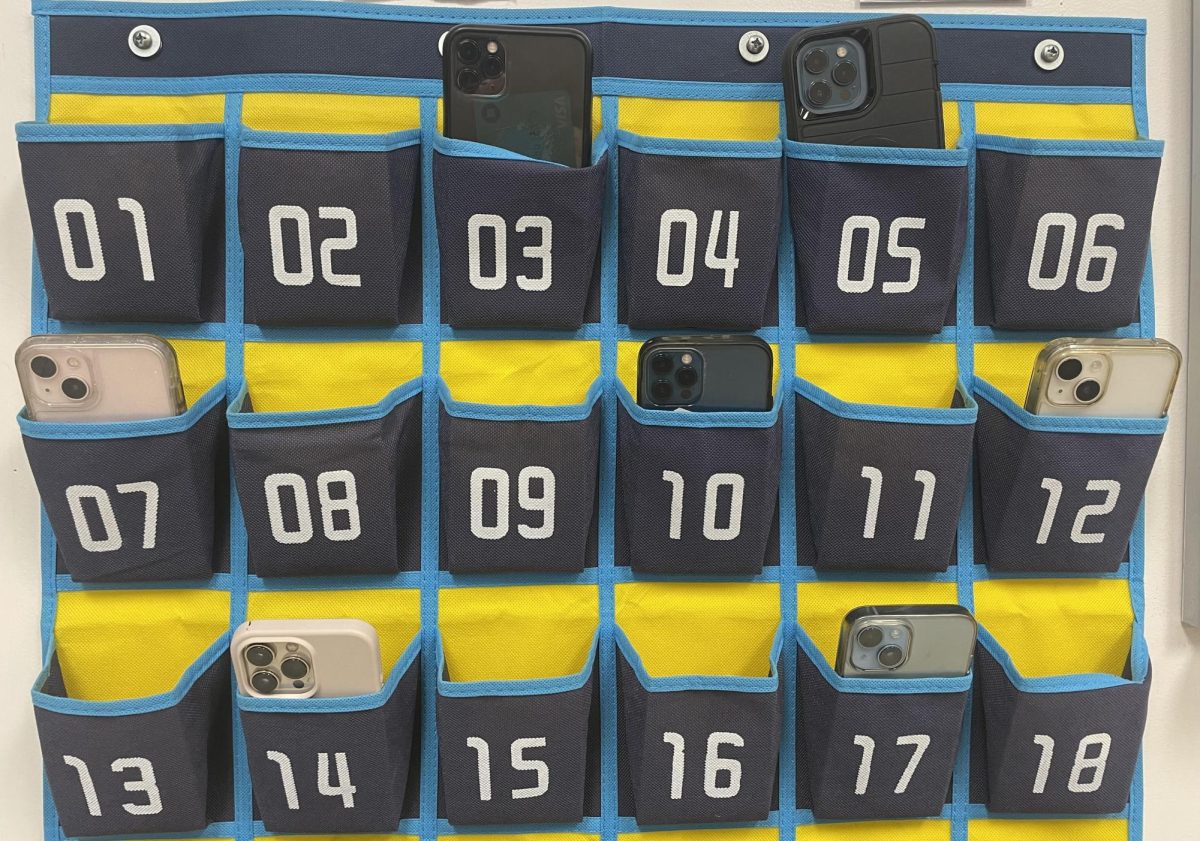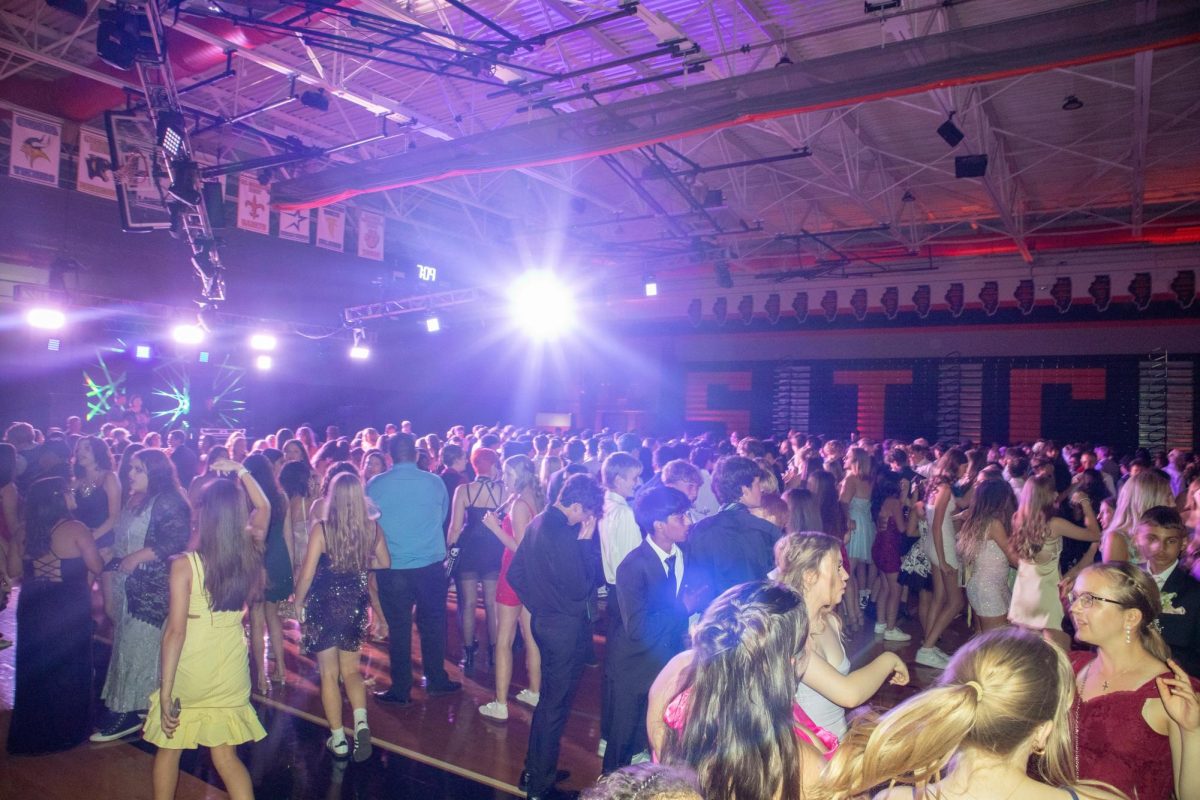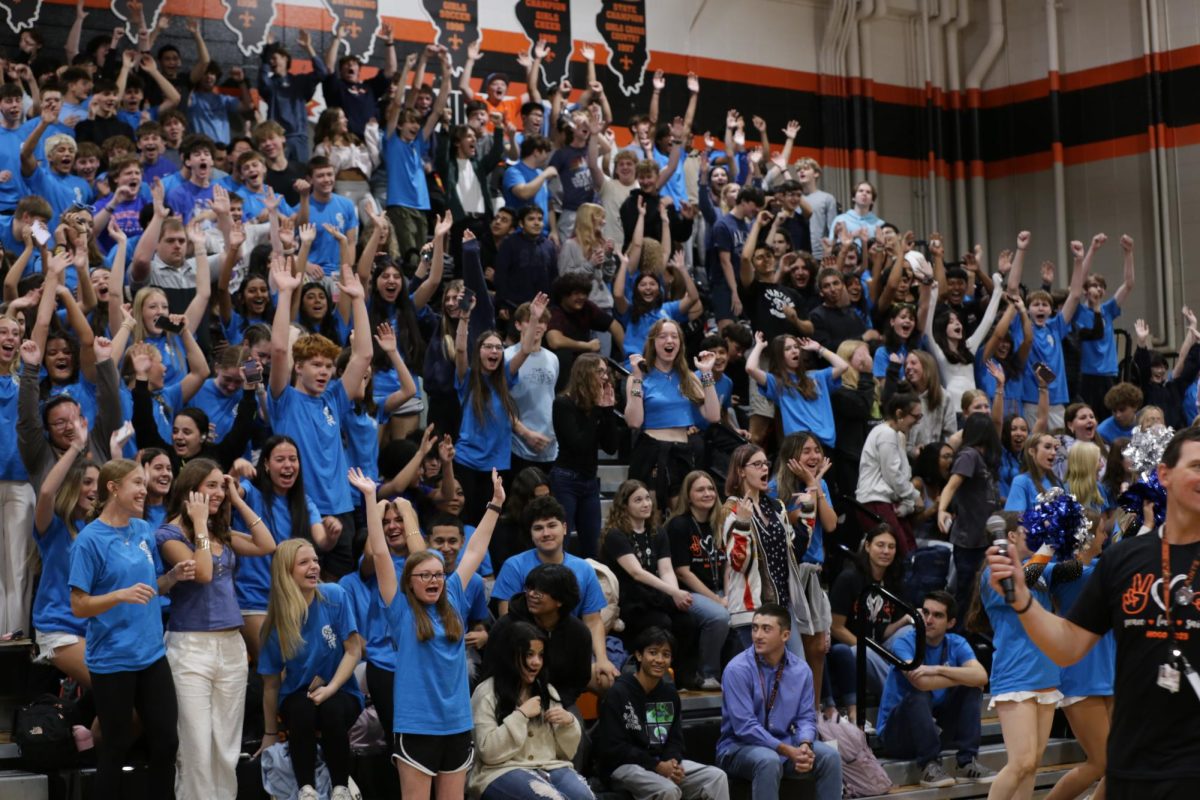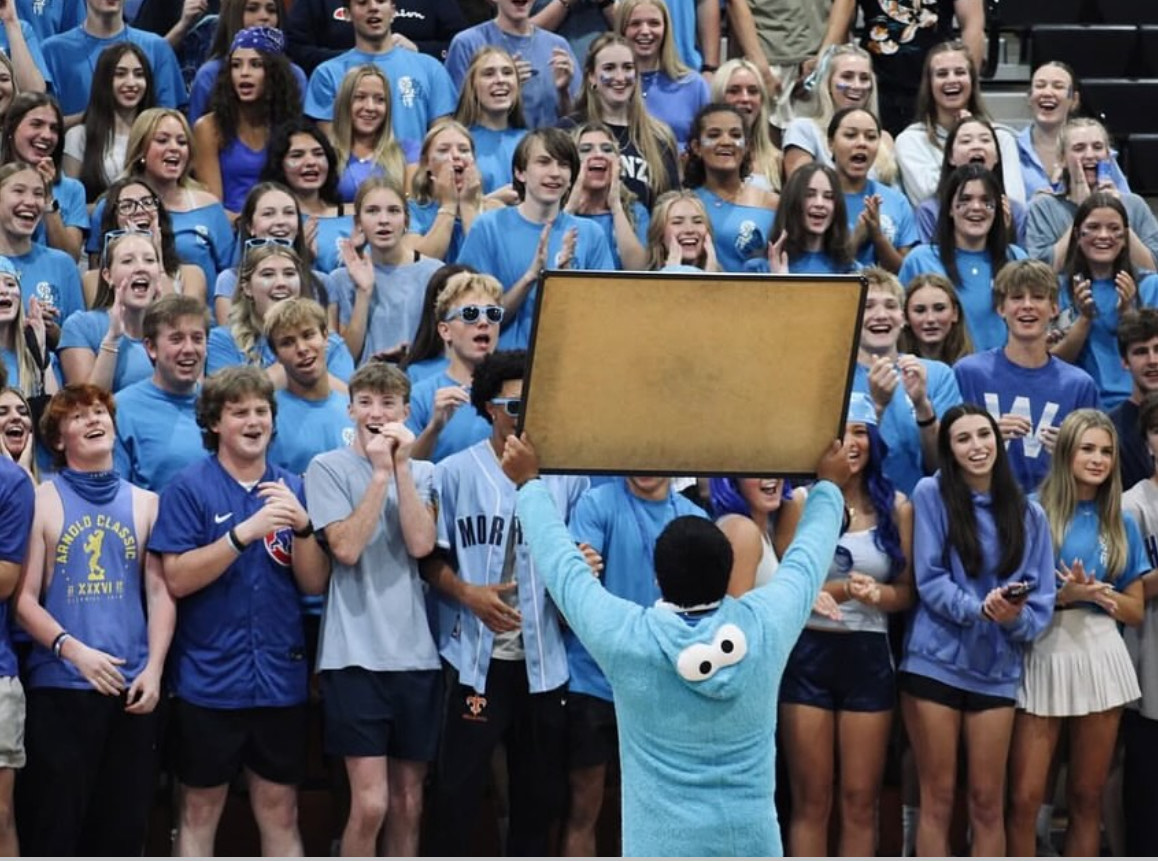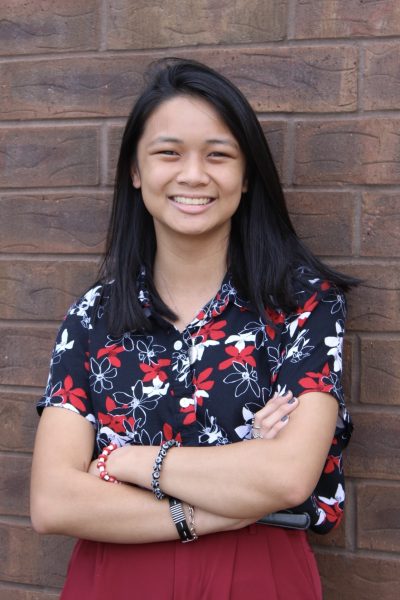For the 2024-2025 school year, St. Charles East High School recommitted to enforcing their cell phone and attendance policies originally put into place in 2018. For students, the most prominent effect of this was the enforcement of using cell phone holders in class, a tool that had been present but not heavily enforced since before COVID.
According to principal Jim Richter, STCE administration had been hearing from staff that they needed help managing cell phone usage in class because it was hindering student attentiveness. Many staff had expressed regret about not using cell phone holders from the get-go, so administrators made
it a point to reinforce using cell phone holders from the beginning of the year to build healthy routines.
The enforcement of this is primarily on teachers’ shoulders, but the administration is willing to provide support if an issue persists. This includes making a phone call, providing tools and tips for enforcement and communicating directly with families.
Ultimately, the goal is to increase student attentiveness in the classroom and enforce healthy habits. “No one can argue with wanting students to be more focused, being more engaged and therefore learning more,” said Richter.
To do so, administrators strive to ensure students understand why lowering cell phone usage will benefit them in the long run. Recently, principals and instructional support coaches have engaged in district-wide neuroscience research rolling out to staff on a February school improvement day to optimize student learning. Part of that includes minimizing distractions: humans’ brains are designed to be distracted to survive and take in all stimuli, and phones take advantage of this attention.
“I think rooting the why is much more compelling than just saying ‘this is the rule,’” said Richter. “It can be the rule, but it can also be because it’s objectively beneficial to kids, and to me, that’s better.”
However, Richter stressed the importance of being mindful of this generation’s dependence on technology and understanding that lived experience in their policies. Since the goal is to enforce that distractions should be taken away during learning, it’s unnecessary to take them away during students’ free time, such as lunch, study hall or passing periods.
When asked about emergency situations, Richter ensured that their policies have been designed to protect student safety. Almost all phone holders are by the door in a classroom, so students can grab their phones on the way out in an orderly fashion in the case of an evacuation. In case of a family emergency, there are ways to contact students through the office or during passing periods.
While there isn’t any numerical proof of its effectiveness at this time, Richter said that this recommitment has received copious anecdotal praise from staff. The positives and negatives of the phone policy were evaluated in a PAC meeting with Richter and students from student council. Though students brought up the drawback that they lose that immediate connection when separated from their phones, they recognized that it’s probably better not to be distracted.
Mixed feedback from students persists, but Richter hopes that this can be an important stepping stone for finding exactly where that “happy place” is with regulating phone usage.


